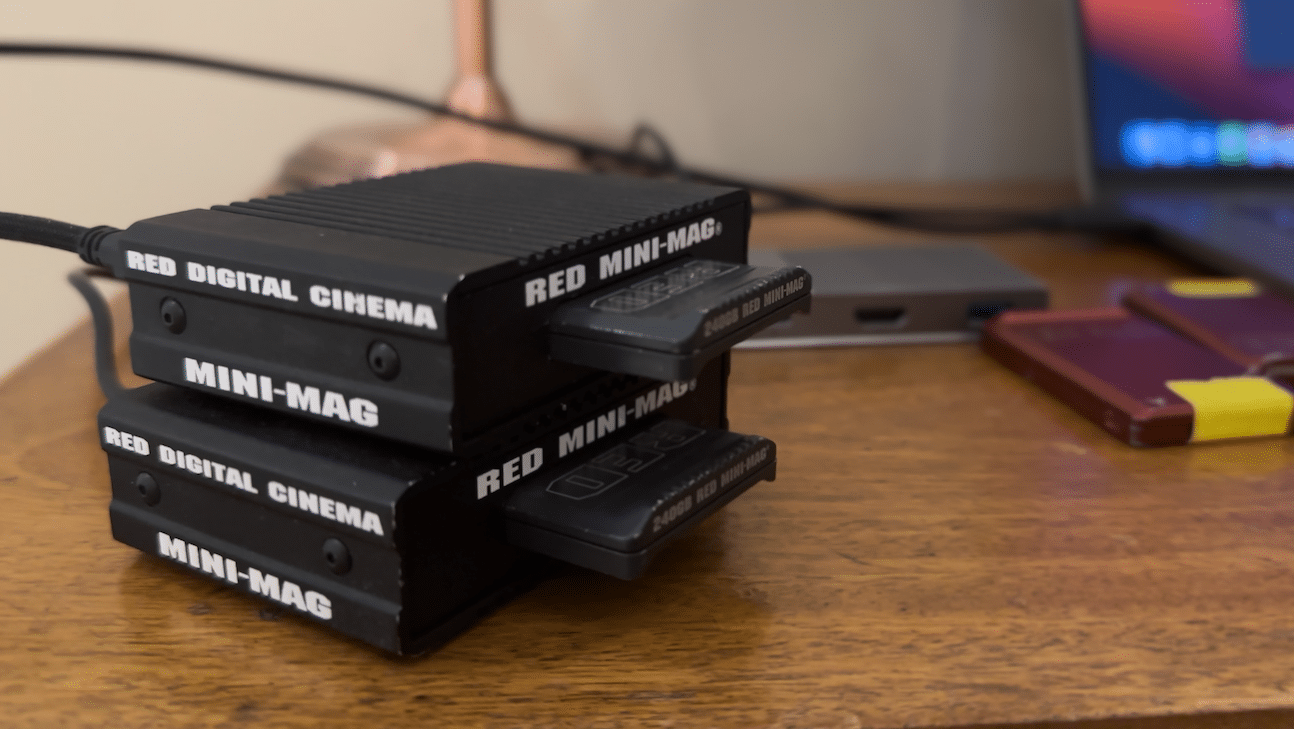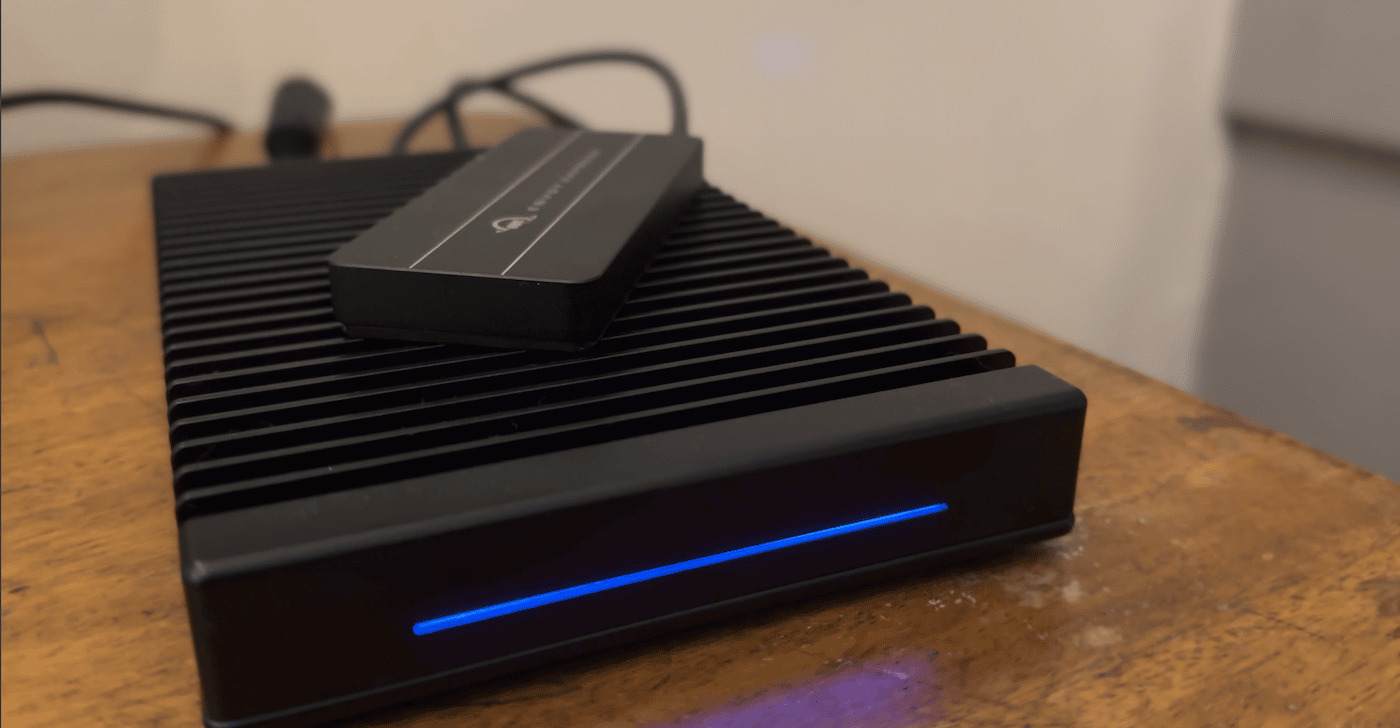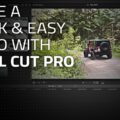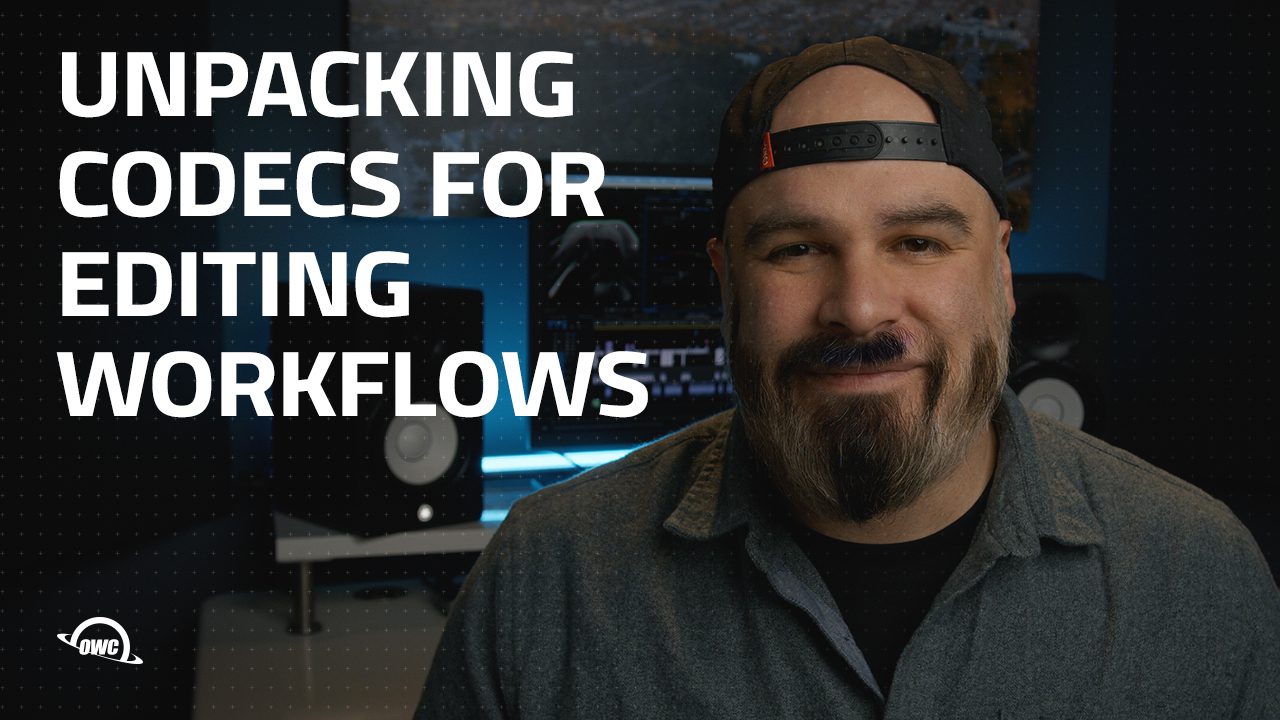Figuring out a strategy for offloading and backing up footage when you are traveling internationally can be a fiendishly difficult task. I’ve shot in a lot of places around the globe and the thing about offloading footage is that it is packed with uncertainties.
Even as I write this it sounds crazy. “Just copy the footage from the card and go to bed.” Simple, right? Well, here are the challenges you can face as a globe-trotting filmmaker when you are trying to copy off that precious footage.
Challenges:
- What is the power situation what where you are going, what is the voltage and kind what kind of outlets will you encounter?
- How many copies of your footage should you make?
- How much storage space will you need?
- What happens if your luggage is lost or stolen?
- What are the power capabilities on your laptop for running multiple bus-powered devices?
- What software are you using to copy your footage and ensure it is complete?

I recently sat down to assess the best storage solution for a two-week trip to the UK and Isle of Man for a documentary I’m directing and producing through Visuals1stfilms.com on the song Amazing Grace, featuring John Ryhs-Davies (The Lord of the Rings, Indiana Jones). I looked at solutions from every major vendor like Sandisk, Glyph, Western Digital and so on. But I wanted a storage solution that would work well for the road and for the whole post-production process.
I determined that I wanted one drive to be bus-powered and one drive to be AC-powered. When you are trying to offload a bunch of data you want to plug in multiple card readers. I’ve run into a situation where my laptop couldn’t power multiple bus-powered RED mag readers and hard drives.

But there are times when you need to offload footage and you aren’t around an outlet. So I needed a fast bus-powered drive and a fast AC powered drive.
Speed
I knew I needed speed. When you shoot all day you need to dump your footage and duplicate it before going to sleep. But spinning drives can take forever. So, I knew I needed NVME solution. I needed the speed for offloading, and also the robustness for post-production.
But it is not just the speed of the single drive that is important. Can your drive pass-through data at a high speed to a second drive for a simultaneous backup? Drives like the SanDisk Extreme can’t pass through to another disk. There are also thermal considerations. It is not unheard-of for drives to slow down when they get hot. I needed drives that could work hard and stay cool.
Construction
When you are traveling, the little things matter the most. I knew that I wanted drives with metal housings that could take a beating. I really wanted my bus-powered drive to have the cable built-in and use Thunderbolt for the fastest transfers. I like the built in cable because I have endured the frustration of starting a transfer only to realize that I am using the wrong length/version or whatever of a USB-C or Thunderbolt cable.
Capacity
We were planning on shooting a lot. This meant I needed each drive to be 8TB, I figured we’d shoot about 6TB. So that I could have two copies of all the footage for sending back to the states with separate people. I need to make sure that there was room for my footage, plus headroom to keep the drives healthy. I also made a third copy of the most important footage to my laptop’s internal drive
Solution – OWC to the rescue
I decided that the perfect combo was the OWC Thunderblade and Envoy Express. I purchsed* both drives in the 8TB capacity. And I could not be happier.

The little Envoy Express even comes with a little holder for attaching it to your laptop’s lid. I used that every day! The Envoy Express is about 40% faster than rivals like the Sandisk Extreme, and the construction and design beat the SanDisk in my book.
The Thunderblade is so fast that it will be perfect all the way through post-production and color grading 6K and 8K REDCODE RAW files. It has the ability to daisy chain another drive to it, so I could hook up 2 drives, 2 REDMAG readers and my power cable at the same time.
One night I was actually separated from my MacBook Pro’s charging cable and was quickly running out of battery. But becase I had the AC-powered ThunderBlade, I was able to use it to offload the footage I was able to use the it to offload the footage to the MacBook Pro: The Thunderbolt connection kept the laptop going. So, it really ended up being a powerful combo to have one AC-powered drive and one bus-powered drive.
The ThunderBlade also comes with a fantastic carrying case. That allowed me to send it back with another producer with confidence that it wouldn’t be damaged.
Conclusion
If you are planning to hit the road on a shoot where time is of the essence, get these OWC drives. They truly hit it out of the park. And I think the combo of the ThunderBlade and the Envoy Express represent the most versatile and robust combo for your adventures.
*Disclosure: I purchased these drives from OWC for my production company—they were not given to me by OWC. I received a modest discount at the time of purchase. OWC did not require me to write a review and this represents my honest assessment of these drives.









